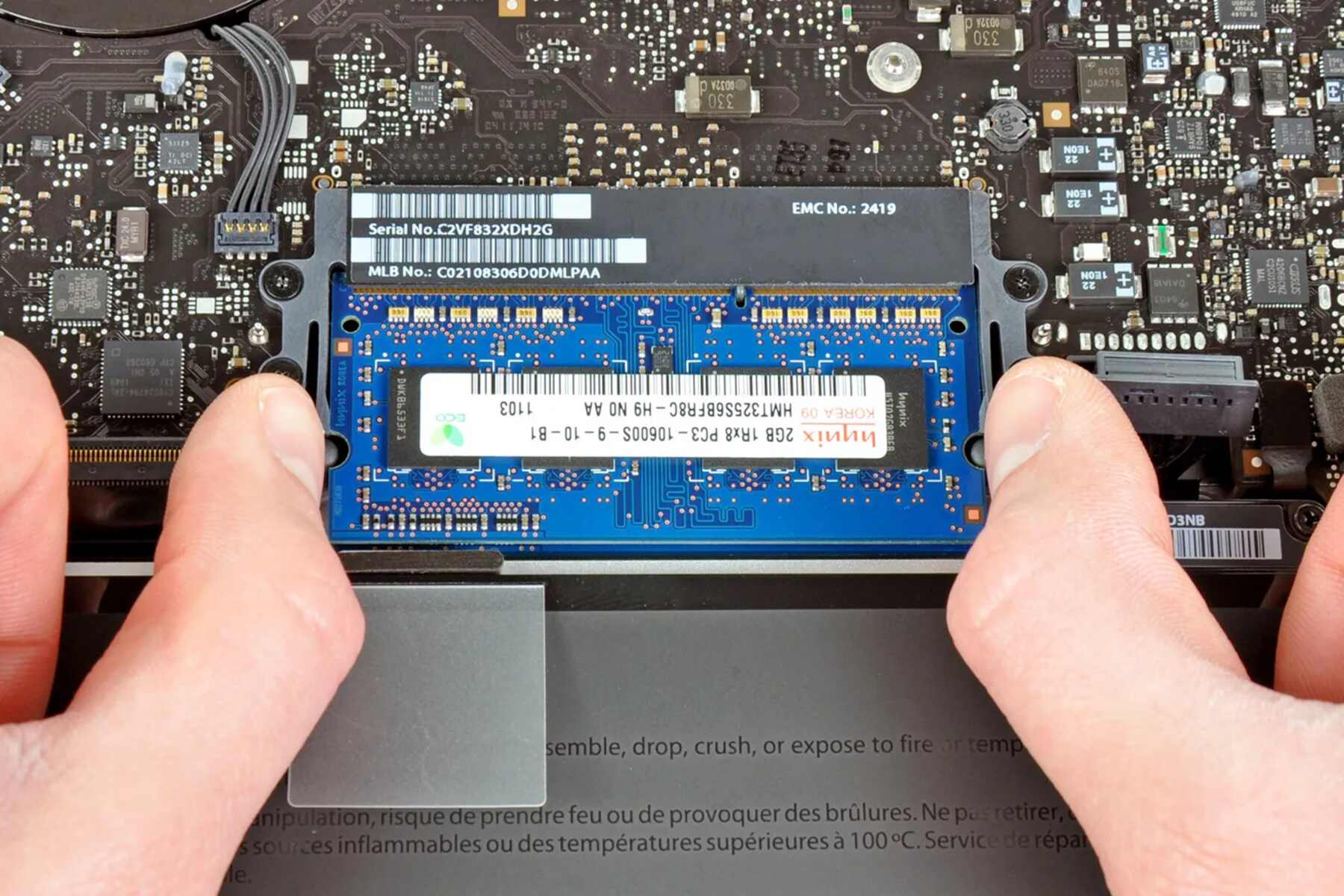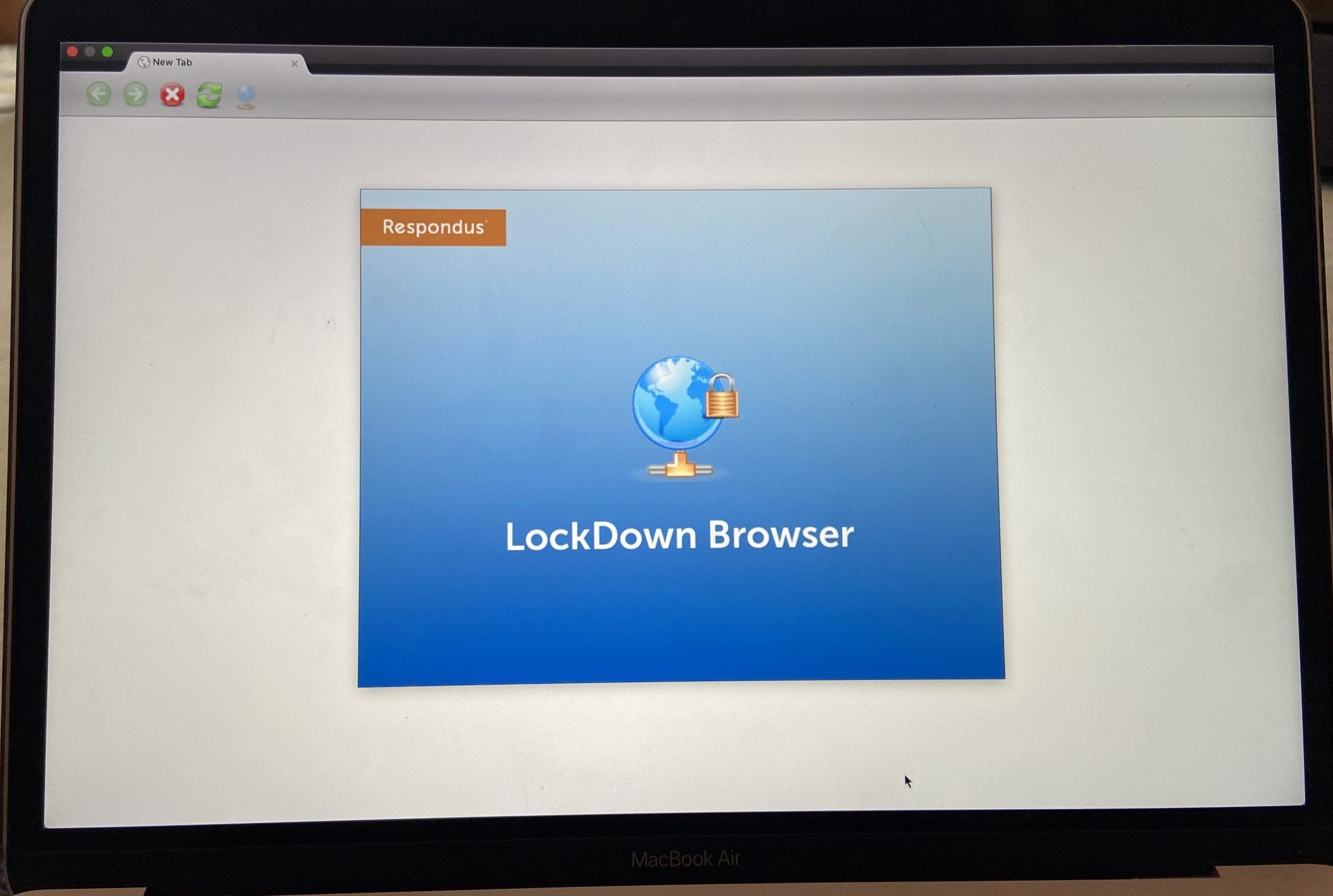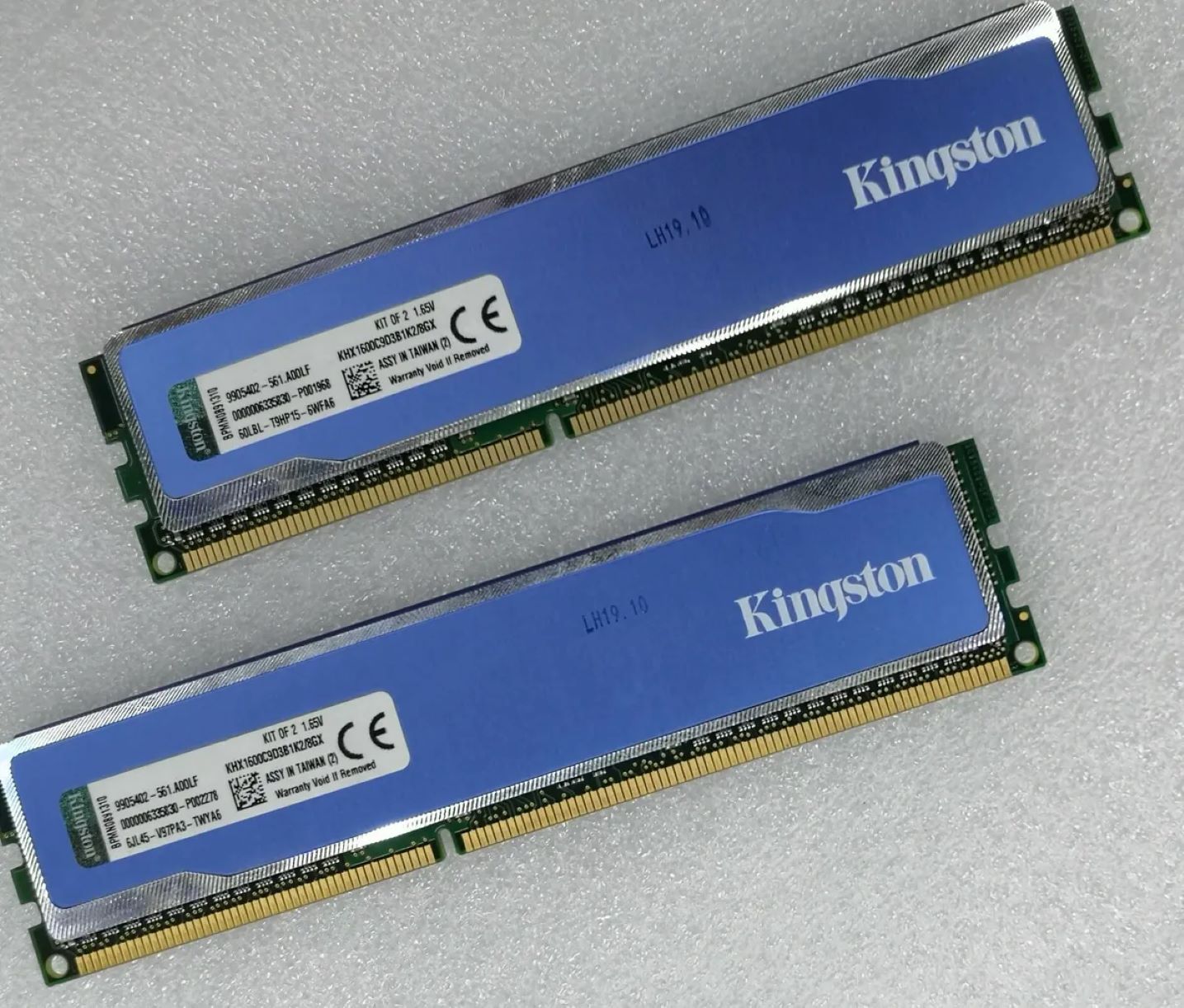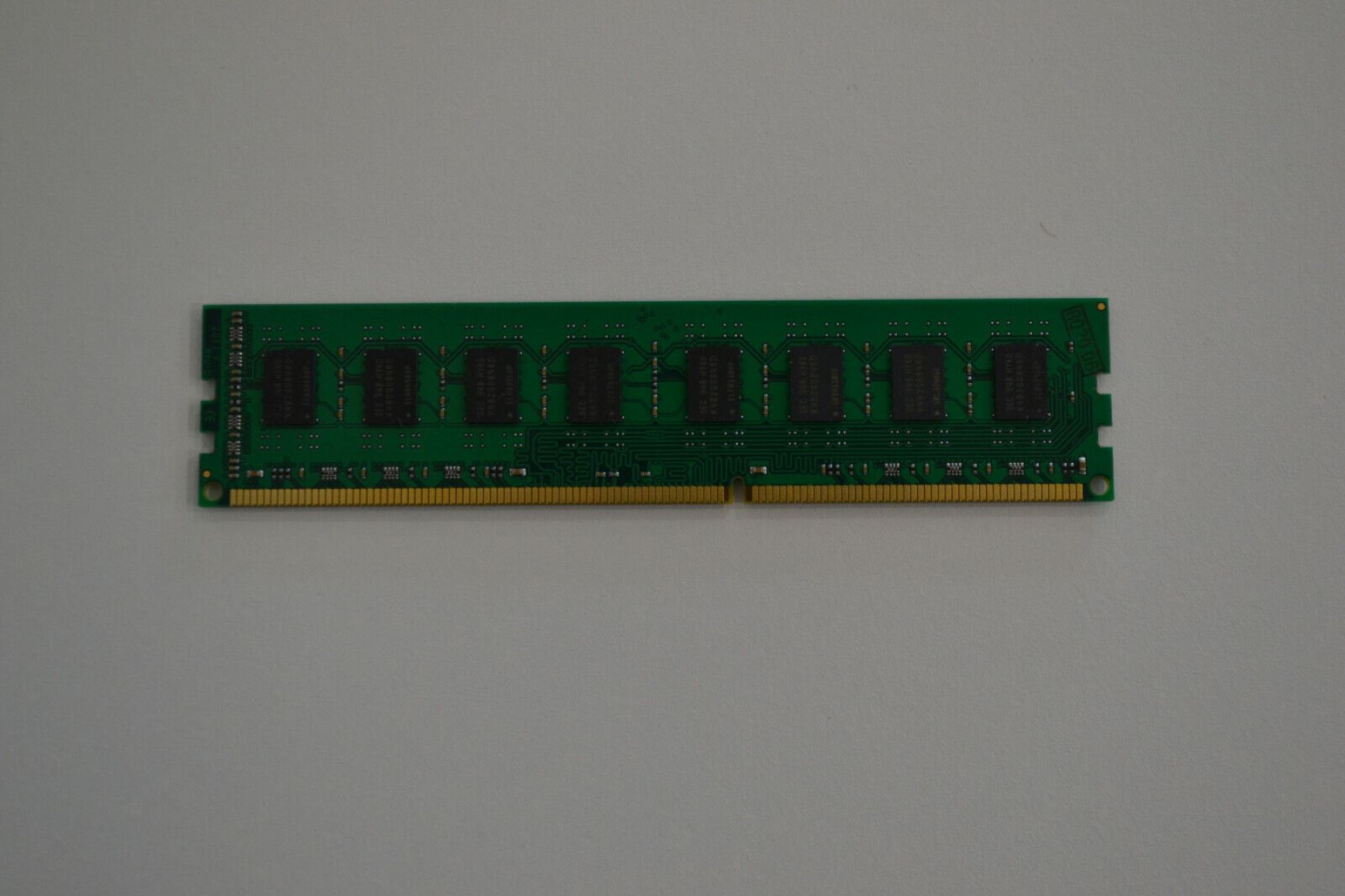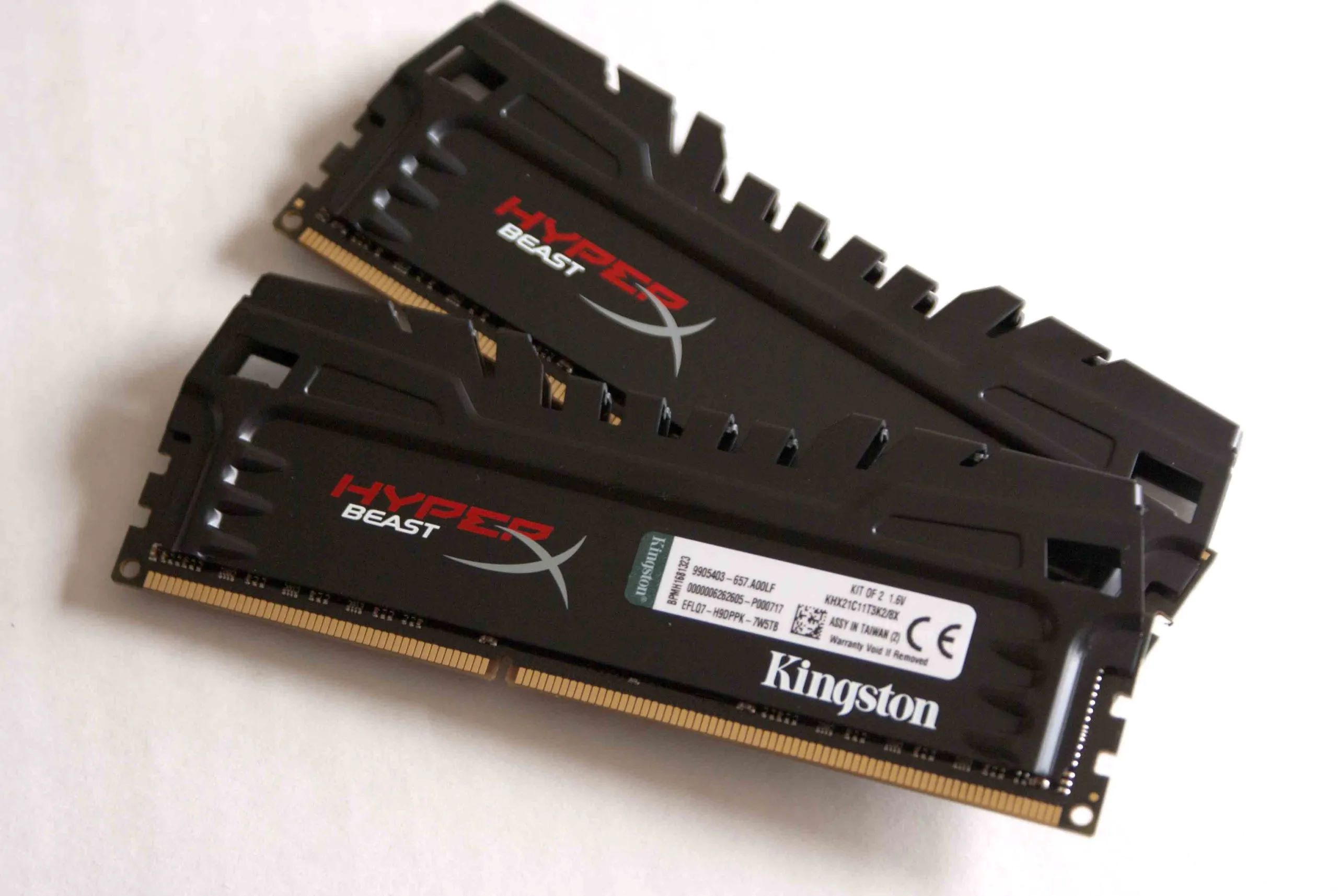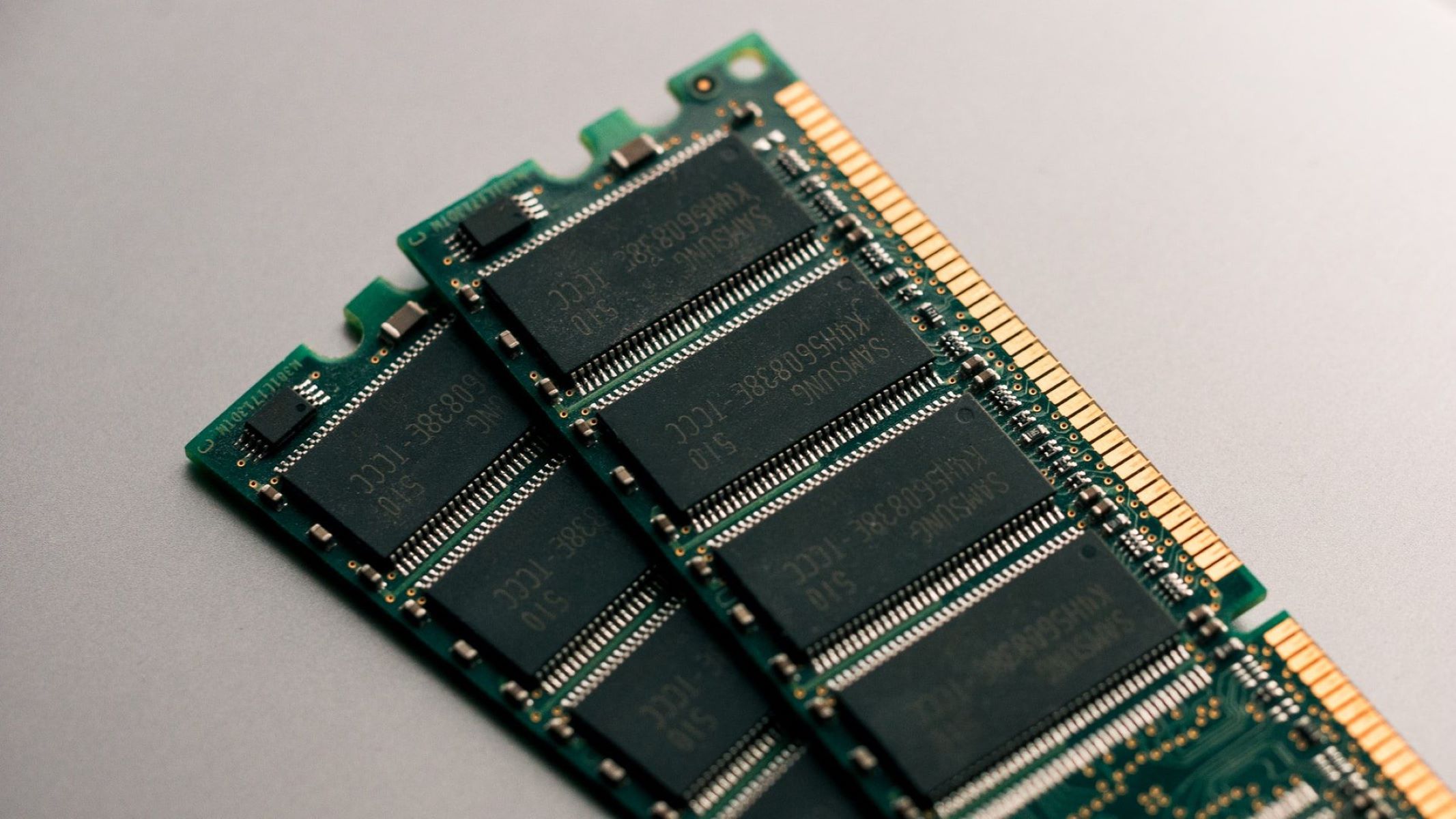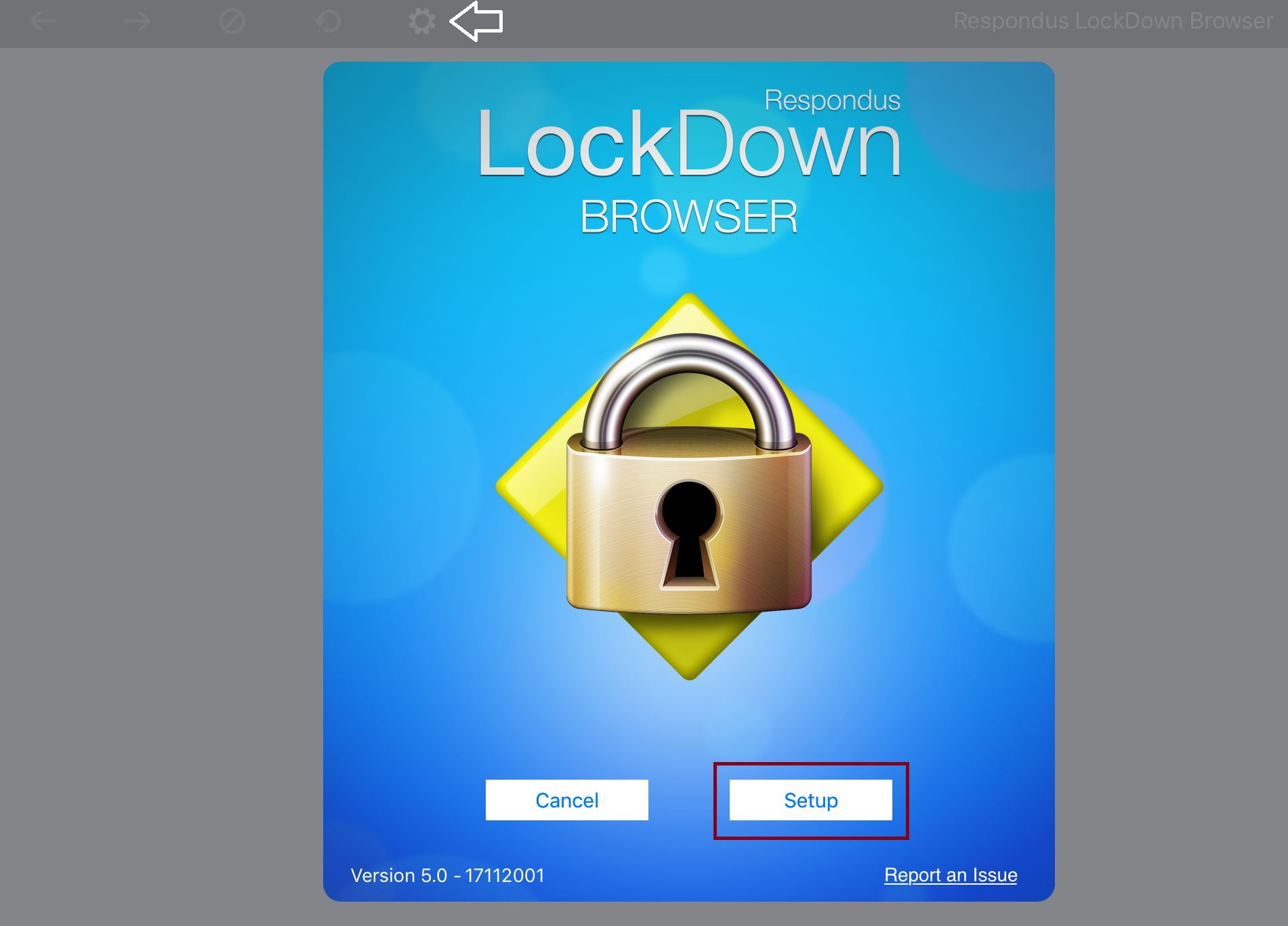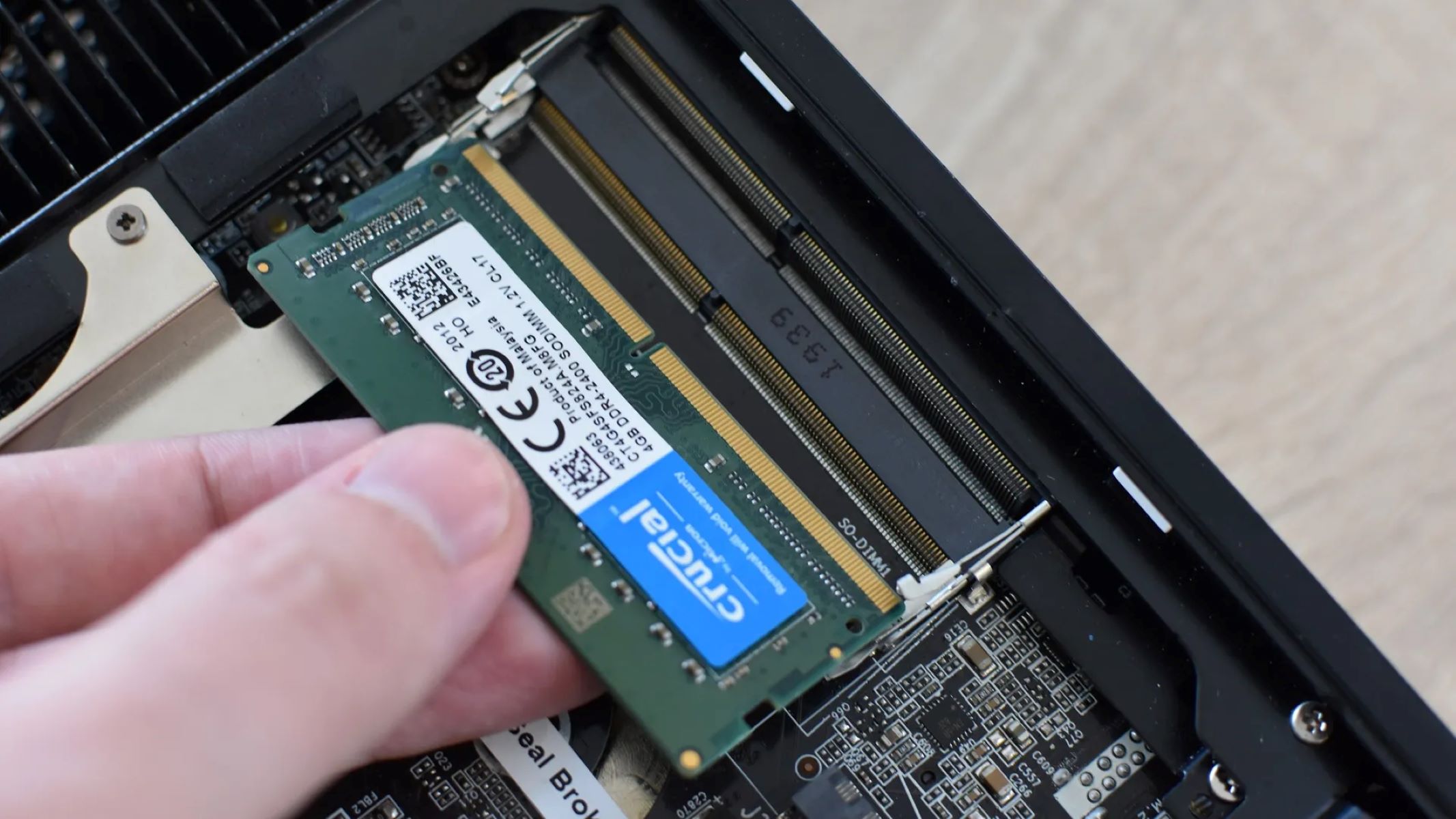Background
In today’s digital age, Mac computers have become an essential tool for many professionals, including those who rely on ProctorU for online exams and assessments. However, one common issue that Mac users face during these exams is high RAM usage, which can lead to slow performance and potential system crashes.
RAM (Random Access Memory) is a crucial component of your Mac’s performance, as it is responsible for temporarily storing data that is actively being used by the computer. When the amount of available RAM is insufficient, the system starts utilizing the hard drive, which is significantly slower compared to RAM. This can result in slower overall performance and a less responsive user experience.
Lowering RAM usage on your Mac is essential to ensure smooth and efficient performance during your ProctorU exams. By implementing a few simple strategies and optimizations, you can optimize your Mac’s RAM usage and minimize the chances of encountering issues during crucial exam times.
In this article, we will explore ten effective methods to lower RAM usage on your Mac and enhance your ProctorU exam experience. These methods range from closing unnecessary applications to upgrading your RAM. By following these strategies, you will be able to optimize your Mac’s performance and ensure a seamless exam session with ProctorU.
Close Unnecessary Applications and Background Processes
One of the main reasons for high RAM usage on your Mac is having multiple applications running simultaneously, especially resource-intensive ones. Closing unnecessary applications and background processes can significantly decrease the strain on your RAM and improve system performance during your ProctorU exams.
Start by identifying which applications are running in the background. You can do this by checking the Mac’s Activity Monitor. To open Activity Monitor, go to Applications > Utilities > Activity Monitor. Here, you’ll find a list of running processes and their memory usage.
Take a close look at the processes and identify any applications that you don’t need during your exam. Close them by selecting the process and clicking on the “X” button in the top-left corner of the Activity Monitor window.
Additionally, ensure that you close any unnecessary browser tabs or windows that might be consuming excessive memory. Each open tab consumes additional resources, so it’s advisable to keep only the essential tabs open during your exam. You can use the command+option+W shortcut in most browsers to quickly close multiple tabs at once.
Furthermore, quitting applications instead of simply minimizing them can free up valuable resources. When you minimize an application, it continues to consume memory even if it’s out of sight. To quit an application, simply right-click on its icon in the Dock and select “Quit.”
By closing unnecessary applications and background processes, you’ll have more memory available for ProctorU and ensure a smoother and more efficient exam experience on your Mac.
Monitor and Manage Memory Usage with Activity Monitor
To effectively lower RAM usage on your Mac for ProctorU, it’s crucial to have visibility into how your system resources are being utilized. The built-in Activity Monitor tool on Mac provides real-time insights into your Mac’s memory usage and allows you to manage it efficiently.
Open the Activity Monitor by navigating to Applications > Utilities > Activity Monitor. Once opened, click on the “Memory” tab to view detailed information about your Mac’s RAM usage.
Activity Monitor displays a list of processes and their corresponding memory usage, sorted by highest to lowest. This allows you to identify resource-intensive applications or processes that might be unnecessarily consuming RAM.
To make it easier to monitor specific processes during your ProctorU exams, you can enable certain columns in the Activity Monitor. Right-click on the column header and select the relevant columns such as ‘Memory Used’, ‘Real Memory’, or ‘Memory Pressure’ for a more comprehensive view.
If you notice any particular application or process using an excessive amount of memory, consider closing or quitting it to free up resources. You can do this by selecting the process and clicking on the “X” button in the top-left corner of the Activity Monitor window or by right-clicking on the application icon in the Dock and selecting “Quit”.
Monitoring your Mac’s memory usage with Activity Monitor allows you to identify and address any excessive resource utilization, ensuring that you have sufficient memory available for your ProctorU exams. By actively managing memory usage, you can minimize the chances of encountering performance issues related to high RAM usage.
Clear Cache and Temporary Files
Cache and temporary files are generated by various applications and processes on your Mac, and over time, they can accumulate and consume a significant amount of disk space and memory. Clearing out these files can help lower RAM usage and improve overall performance during your ProctorU exams.
One of the simplest ways to clear cache files is by using the built-in “Optimize Storage” feature on your Mac. To access this feature, go to the Apple menu > About This Mac > Storage > Manage. From there, click on the “Optimize…” button to let the system automatically clean up unnecessary files, including cache.
In addition to the system-level cache, many applications also have their own cache directories. You can manually clear application-specific caches by navigating to the ~/Library/Caches directory and deleting the contents of the relevant folders. However, exercise caution and ensure that you’re only deleting cache files and not important data.
Temporary files are another category of files that can hog disk space and burden your RAM. These files are typically created and used by applications during their normal operation but can be safely deleted. You can manually navigate to the ~/Library/Temporary Items directory and remove any unnecessary files.
Alternatively, you can utilize third-party cleaning applications like CCleaner or CleanMyMac to automate the process of clearing cache and temporary files. These applications can identify and remove unnecessary files from various locations on your Mac, including caches, logs, and temporary folders.
Regularly clearing cache and temporary files not only helps lower RAM usage but also improves overall system performance. By eliminating unnecessary files, you’ll have more memory available for ProctorU and ensure a smoother exam experience on your Mac.
Disable Startup Items and Login Apps
When you start up your Mac, certain applications and processes may automatically launch in the background. These startup items and login apps not only occupy valuable memory but can also slow down your system’s boot-up time. Disabling unnecessary startup items and login apps can help lower RAM usage and improve performance during your ProctorU exams.
To manage startup items, navigate to System Preferences > Users & Groups, and select your user account. Click on the “Login Items” tab to see a list of applications that launch automatically when you log in.
Review the list and identify any non-essential apps that you don’t need during your exam sessions. To disable an application, select it from the list and click on the “-” (minus) button below the list. This will prevent the app from launching automatically upon login.
It’s important to note that some system-related items are necessary for the proper functioning of your Mac, so exercise caution when removing or disabling startup items. If you’re unsure about the purpose of an item, it’s best to leave it enabled.
Similarly, you can disable login apps that run in the background even when you’re not logged in. These apps can consume valuable memory resources, which can impact your Mac’s performance during ProctorU exams.
To manage login apps, navigate to System Preferences > Users & Groups, and select your user account. Click on the “Login Items” tab, and from there, review the list of apps and processes that start at login. Remove any unnecessary apps by selecting them and clicking on the “-” (minus) button.
By disabling startup items and login apps, you can free up memory resources and ensure that your Mac is running efficiently during your ProctorU exams. This optimization can contribute to a smoother overall experience and minimize potential performance issues related to high RAM usage.
Disable Visual Effects and Animations
While visual effects and animations can enhance the visual appeal of your Mac’s user interface, they can also consume a significant amount of system resources, including RAM. Disabling or reducing these visual effects can help lower RAM usage and improve overall performance, especially during resource-intensive tasks like ProctorU exams.
To disable visual effects, go to System Preferences > Accessibility > Display. Check the box for “Reduce motion” to minimize animations and transitions. This will decrease the strain on your Mac’s RAM and result in a snappier user experience.
Additionally, you can reduce the transparency effect of the Mac’s user interface to conserve memory. Go to System Preferences > Accessibility > Display and select “Reduce transparency”. This will make windows and menus appear solid instead of translucent, reducing the RAM required to render these elements.
Another visual effect to consider disabling is the “Genie” or “Scale” effect that occurs when minimizing windows. This animation can be resource-intensive, especially with multiple windows open. To change the minimization effect, go to System Preferences > Dock and select “Scale” or “Minimize into application icon” to reduce the strain on your Mac’s memory.
By disabling or reducing visual effects and animations, you can significantly lower RAM usage on your Mac. This optimization allows your system resources to be allocated more efficiently during your ProctorU exams, resulting in a smoother and more responsive experience.
Update Mac Operating System and Applications
Regularly updating your Mac’s operating system and applications is essential for optimal performance and security. Updates often include bug fixes, enhancements, and improvements that can help lower RAM usage and improve overall system efficiency during your ProctorU exams.
Your Mac’s operating system updates can be found in the Apple menu under “System Preferences” and then “Software Update”. Check for any available updates and install them to ensure that you have the latest bug fixes and performance optimizations.
In addition to the operating system, it is crucial to keep your applications up to date. Many software updates address memory management and performance issues, which can directly impact RAM usage during your exams.
Most applications have an automatic update feature that you can enable. Alternatively, you can manually check for updates by opening the App Store and navigating to the “Updates” tab.
Updating your Mac’s operating system and applications ensures that you have access to the latest features and optimizations that can contribute to lower RAM usage and improved performance. By staying up to date, you can help mitigate any potential compatibility issues and ensure a smooth experience during your ProctorU exams.
Upgrade RAM on Your Mac
If you find that you consistently experience high RAM usage during your ProctorU exams and other resource-intensive tasks, you may consider upgrading the RAM (Random Access Memory) on your Mac. Increasing the amount of RAM can significantly improve performance and allow your Mac to handle demanding applications more efficiently.
Before upgrading the RAM on your Mac, it’s important to determine the maximum capacity and compatible specifications for your specific model. You can find this information on the Apple Support website or by using third-party tools like “MacTracker”.
To upgrade the RAM, you will need to purchase compatible RAM modules and install them in your Mac. This process differs depending on the model, so it’s recommended to refer to the official documentation or seek professional assistance if necessary.
Upgrading the RAM can provide several benefits, including increased multitasking capabilities, smoother performance, and reduced chances of encountering slowdowns or crashes during your exams. With more available RAM, your Mac will have the resources it needs to handle ProctorU and other demanding tasks with ease.
However, it’s important to note that not all Mac models allow for user-upgradable RAM. Some newer models have RAM soldered to the logic board, making upgrades impossible. In such cases, it’s advisable to consider the RAM capacity before purchasing a new Mac.
When upgrading the RAM, it’s crucial to ensure that you purchase quality and compatible RAM modules from reputable brands. This will ensure optimal performance and compatibility with your Mac.
By upgrading the RAM on your Mac, you can significantly lower RAM usage during your ProctorU exams and improve overall performance. However, it’s important to weigh the cost of upgrading against the potential benefits based on your specific needs and usage patterns.
Reset SMC and PRAM/NVRAM
If you’re experiencing persistent performance issues and high RAM usage on your Mac, resetting the SMC (System Management Controller) and PRAM/NVRAM (Parameter RAM/Non-Volatile Random-Access Memory) can potentially resolve the underlying problems.
The SMC handles various functions related to power management, thermal management, and system performance. Resetting the SMC can help recalibrate these functions and potentially improve the overall performance of your Mac.
Resetting the SMC varies depending on the type of Mac you own. For most Macs, you can reset the SMC by shutting down the computer, disconnecting the power supply, and then holding the power button for at least 10 seconds. Afterward, reconnect the power supply and start your Mac.
PRAM/NVRAM, on the other hand, stores specific settings related to system configuration and performance. Resetting PRAM/NVRAM can clear out any corrupted settings that may be impacting your Mac’s performance, including RAM usage.
To reset PRAM/NVRAM, start by shutting down your Mac. Then, turn on your computer and immediately press and hold the Command, Option, P, and R keys simultaneously for about 20 seconds. Release the keys and allow your Mac to boot normally.
It’s important to note that resetting the SMC and PRAM/NVRAM should only be considered if you’re experiencing persistent performance issues. Before resetting, ensure that you’ve exhausted other troubleshooting steps and have backed up your important data.
By resetting the SMC and PRAM/NVRAM, you can potentially refresh your Mac’s system management and configuration settings, which can help lower RAM usage and improve overall performance. However, keep in mind that this may not solve all performance-related issues, and it’s still advisable to explore other optimization methods.
Use Safari Instead of Chrome
If you’re using Google Chrome as your default web browser on your Mac, you may consider switching to Safari, particularly during your ProctorU exams. While Chrome is a popular and feature-rich browser, it is known to be resource-heavy and can consume a significant amount of RAM.
Safari, Apple’s built-in web browser, is known for its efficient resource management and optimized performance on Mac systems. By using Safari instead of Chrome, you can potentially lower RAM usage and improve the overall performance of your Mac during your exams.
Safari is designed to take advantage of macOS features and technologies, allowing it to better integrate with the operating system and utilize resources more efficiently. This can result in a smoother browsing experience and a reduction in RAM usage.
In addition to improved resource management, Safari also offers other features that can benefit your ProctorU exams. For example, Safari’s Intelligent Tracking Prevention helps protect your privacy by blocking cross-site tracking and limiting the amount of data websites can collect from you.
Furthermore, Safari seamlessly integrates with other Apple devices and services, allowing you to sync your bookmarks, passwords, and browsing history across multiple devices. This can be particularly useful if you need to access saved information or websites during your exams.
To switch to Safari as your default browser, simply open Safari and go to Safari > Preferences. In the General tab, click on the “Set default browser” button to make Safari your default web browser.
By using Safari instead of Chrome during your ProctorU exams, you can potentially lower RAM usage and improve the overall performance of your Mac. Give it a try and see if the switch enhances your exam experience.
Optimize Storage and Delete Large Files
Running low on available storage space can lead to performance issues on your Mac, including high RAM usage. By optimizing your storage and deleting large files, you can free up valuable disk space and improve overall system performance during your ProctorU exams.
Start by utilizing the built-in “Optimize Storage” feature on your Mac. To access this feature, go to the Apple menu > About This Mac > Storage > Manage. Click on the “Optimize…” button to let the system automatically clean up unneeded files, including old documents, browser caches, and trash bins.
In addition to optimizing storage, it’s important to identify and delete any large files or folders that may be taking up valuable disk space. Use the Finder’s search function to locate large files by specifying a size range or searching for specific file types.
Review the search results and identify any files that you no longer need. You can then delete these files to free up disk space. Remember to empty the trash bin afterward to completely remove the files from your system.
Furthermore, consider offloading files to external storage solutions such as external hard drives or cloud-based storage services. Move files that you rarely access but still want to keep onto these external storage devices to free up space on your Mac’s internal drive.
Regularly optimizing storage and deleting large files can help improve the overall performance of your Mac, including lowering RAM usage during your ProctorU exams. It ensures that your system has enough available disk space to operate efficiently and minimizes the risk of encountering storage-related issues.
By keeping your storage clean and well-managed, you can create an environment that allows your Mac to operate optimally during exams, ensuring a smooth and hassle-free experience with ProctorU.
Conclusion
Optimizing your Mac’s performance and lowering RAM usage during your ProctorU exams can greatly enhance your overall experience. By implementing the strategies outlined in this article, you can ensure that your Mac operates smoothly and efficiently, minimizing the risk of performance issues and system crashes.
From closing unnecessary applications and monitoring memory usage with Activity Monitor to clearing cache and temporary files, disabling startup items, and managing visual effects, each method plays a vital role in optimizing your Mac’s resources.
Upgrading your Mac’s RAM, resetting the SMC and PRAM/NVRAM, using Safari instead of Chrome, and optimizing storage are additional measures that can make a significant difference in reducing RAM usage and enhancing performance.
By leveraging these strategies, you can create an optimal environment for your ProctorU exams, ensuring a seamless and distraction-free experience. Remember to regularly update your Mac’s operating system and applications to access the latest enhancements and optimizations.
Each Mac user may have different needs, so it’s important to experiment and find what works best for you. Monitor your Mac’s performance during exams and make adjustments as needed to fine-tune your setup.
By following these guidelines and implementing the recommended optimizations, you can lower RAM usage on your Mac for ProctorU and maximize your chances of success during your exams.







